By Penny Pawl, UC Master Gardener of Napa County
Someone once asked me if it was possible to grow a camellia from seed. Yes, it is possible, but seldom will it have the same flowers as the parent.
A neighbor of mine had a wonderful camellia with a beautiful flower. He kept taking the seeds and sprouting them. I have four bushes from these sprouts, and they are happy and healthy, but the flowers are plain. I call them “my Watsons” after my neighbor.
Many years ago, on a trip to the East Coast, I went to Charleston to see the oldest camellia plantation and the oldest camellia in the United States. Camellias arrived in Charleston in 1786. When I visited, the plant had seed pods on it and somehow one of the pods jumped into my pocket. I planted the seeds and one plant grew. It has since become a beautiful bonsai. But does it bloom? While pruning, I once saw evidence of a couple of blooms but never saw an actual flower. And I would expect any flowers to be plain.
The camellias available in nurseries are hybrids. The number of named camellias is around 20,000. The International Camellia Society published a registry of names, a project that required more than 30 years of research. I did not know that the tea plant (Camellia sinensis), which provides the leaves that people around the world brew daily, is a member of this family.
The most common species, Camellia japonica, was imported to England in the early 1700s and grown in a greenhouse. Our garden camellias belong to this species. Over time, these plants have been hybridized to produce a wide variety of blooms. Hybrids can only be reproduced by cuttings, not by seed.
Camellia japonica bushes bloom in the late winter and early spring. If you want to choose a camellia based on its flower, that's the time to go shopping. One of the biggest camellia shows is in Sacramento each March.
Once a camellia has finished blooming it needs pruning. You can trim quite severely and not affect next year's bloom. The buds for the following winter's bloom form as the plant produces new growth. If you prune after the buds have formed, you will not have any bloom the following winter.
Once established, camellias are fairly drought tolerant. Some of mine get watered only by rain and that does not seem to hurt the bloom. All of these camellias are over 40 years old and well established. Newer plantings need water year-round until they are established.
When selecting a place in your garden to plant a camellia, choose a location that gets dappled sunlight or shade. Plant the camellia a bit higher than the surrounding soil so that any excess water will flow away from the trunk.
Fallen camellia blossoms lying on the ground beneath the bush can cause a fungal disease called camellia flower blight. The disease causes the blooms to have brown petals that fall off. Pick up dead flowers under your bush to foil this disease. Most of the other diseases that plague camellias occur in damp, humid climates and are rarely a problem in Napa Valley.
Napa Library Talks: First Thursday of each month. Register to get Zoom link. Thursday, January 7: Bare Root Basics.
Free Rose Pruning and Winter Care Workshop: Saturday, January 9. Register for the Zoom link.
Got Garden Questions? Contact our Help Desk. The team is working remotely so please submit your questions through our diagnosis form, sending any photos to mastergardeners@countyofnapa.org or leave a detailed message at 707- 253-4143. A Master Gardener will get back to you by phone or email.
For more information visit http://napamg.ucanr.edu or find us on Facebook or Instagram, UC Master Gardeners of Napa County.
Attached Images:
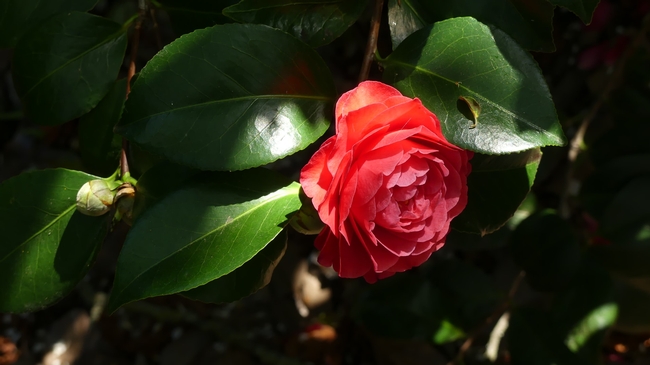
Camellia. (guillaume-gaudinat-unsplash)
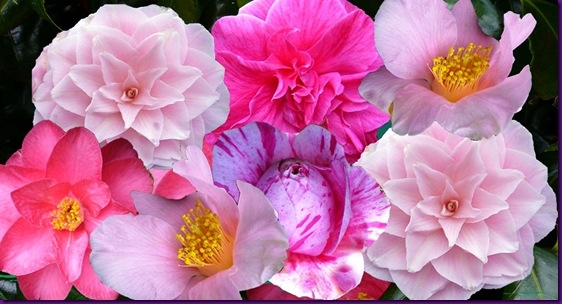
Camellia variety. (jeannisart.blogspot.com)
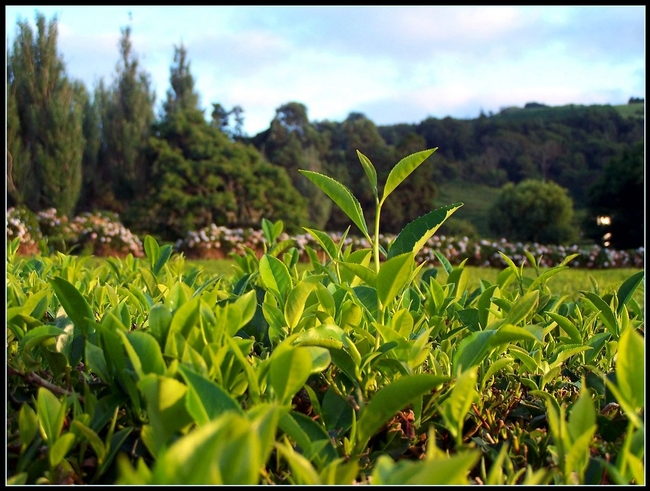
Camellia is part of the tea family. This is a tea plantation. (flickr.com)
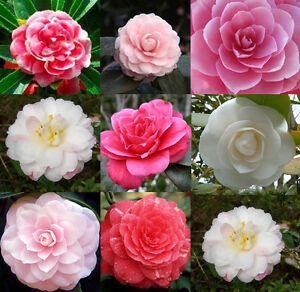
Colors and blossom shapes of camellias. (ebay.com)
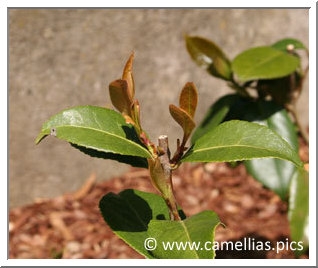
Camellia pruning. (camellias.pics)
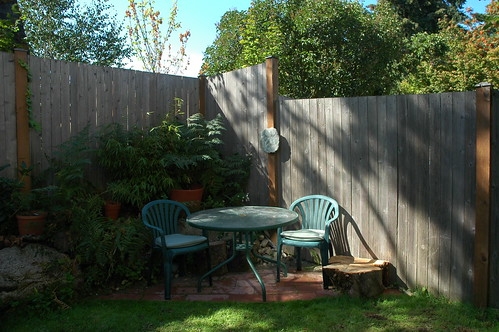
Plant camellias in dappled sunlight or shade. (flickr.com)
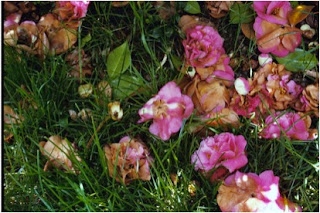
Clean up fallen camellia blooms right away to minimize camellia diseases. (ncsupdicblog.blogspot.com)
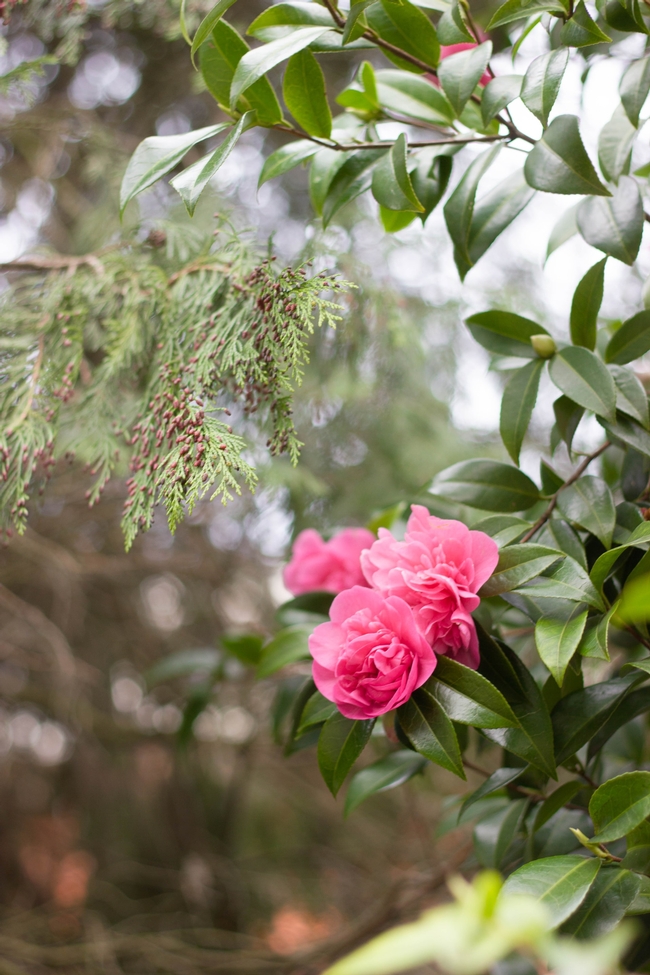
Because they're pretty. (micheile-henderson-unsplash)